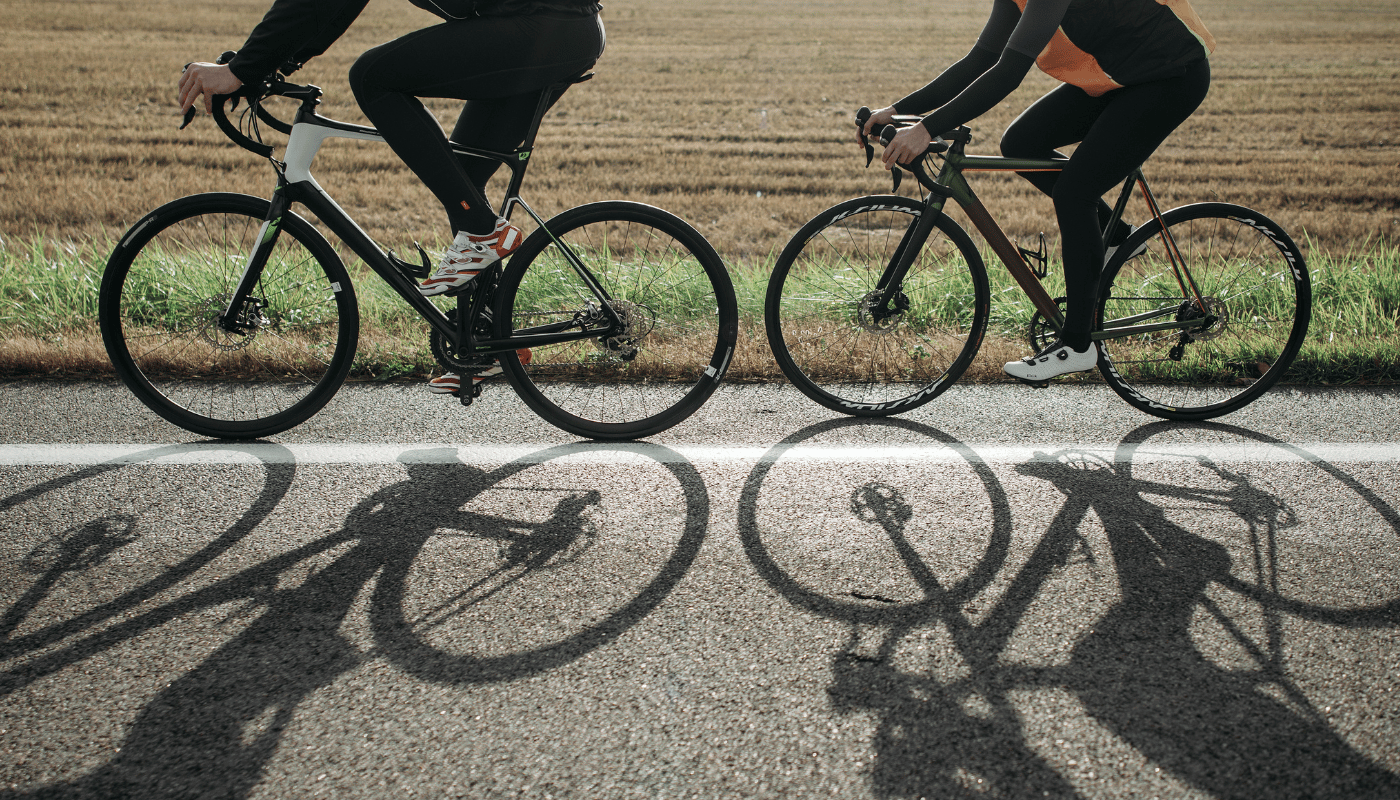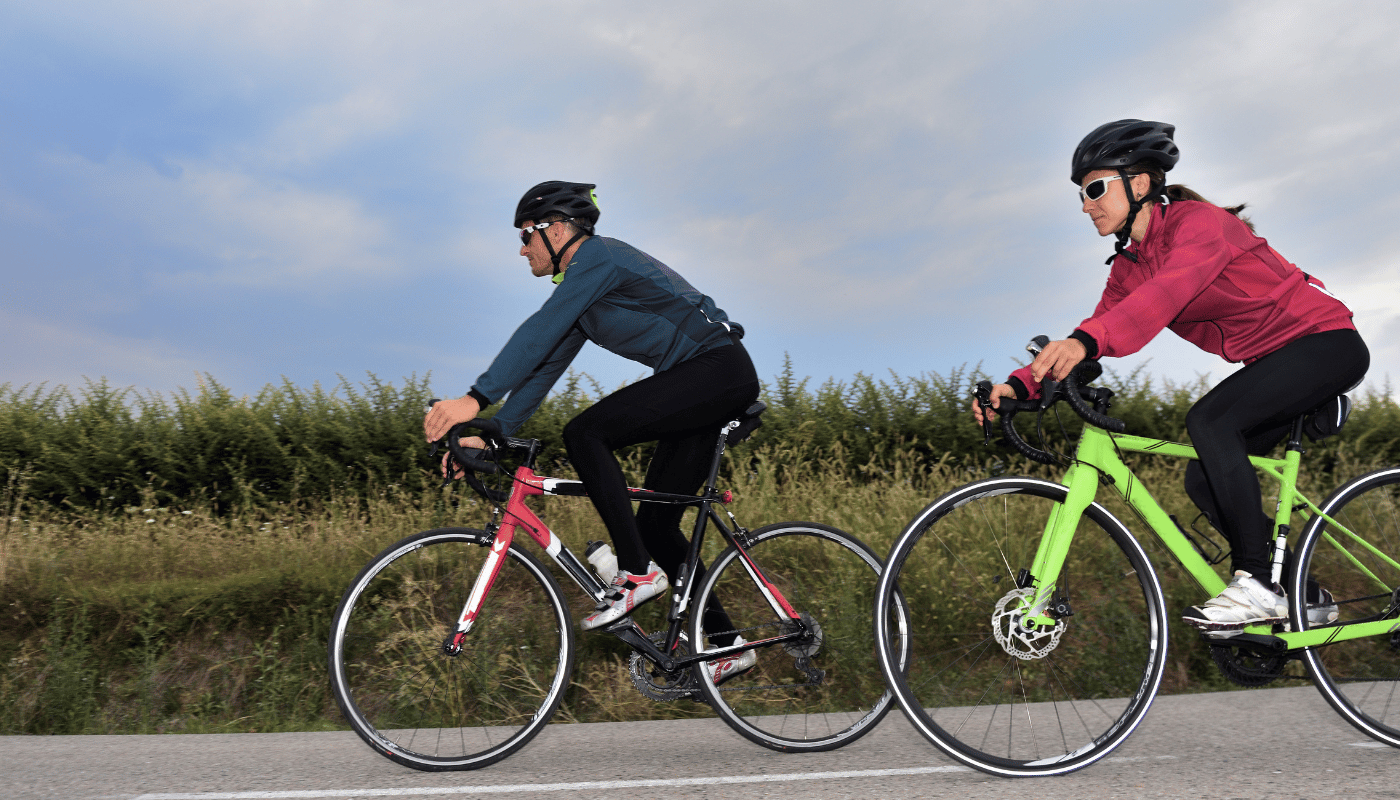Riding a bicycle at night can transform a familiar journey into an adventure full of mystery and excitement. However, it also brings with it a unique set of challenges and risks. Whether you’re a seasoned night rider or considering your first nocturnal cycle, understanding how to navigate the darkness safely is crucial. This article will explore essential tips and strategies for enhancing visibility, ensuring safety, and making the most of your nighttime cycling experience. Join us as we delve into the enchanting world of night riding.
Necessary Lighting for Night Cycling
When it comes to riding a bicycle at night, ensuring your visibility is not just about compliance with the law; it’s a critical measure to safeguard your life. The darkness significantly reduces a driver’s visibility, making biking in the dark particularly hazardous without the proper lighting. A well-lit bike is a beacon, signaling your presence to everyone on the road. For night cycling, the primary concern should be equipping your bicycle with lights that offer both visibility and clarity.
First and foremost, a powerful front light is indispensable. This light serves two purposes: it illuminates the path ahead and makes you visible to oncoming traffic. For night biking, choosing a front light that can be set to a steady beam or a flashing mode is wise. The rear light, preferably in a flashing mode, alerts drivers approaching from behind of your presence. When biking at night, it’s also beneficial to have side lights or wheel reflectors, which provide 360-degree visibility. These lights should be bright enough to be seen from a distance but not so overpowering as to blind other road users.
Additionally, consider wearing reflective clothing or accessories to enhance your visibility. Remember, when you’re night cycling, your goal is to be as visible as possible to everyone else on the road. The right combination of bicycle lights and reflective gear ensures that you’re seen, which is crucial for safety when biking at night.
- Front light with both steady and flashing modes
- Rear flashing light
- Side lights or wheel reflectors for 360-degree visibility
- Reflective clothing or accessories
- Additional clip-on lights or helmet lights for extra visibility
Wearing Reflective Clothing
When riding a bicycle at night, one of the most crucial aspects of staying safe is wearing reflective clothing. Reflective clothing is designed to enhance visibility in low-light conditions, making it easier for drivers and pedestrians to see you on the road. By wearing reflective clothing, you significantly reduce the risk of accidents while night cycling.
Not only does reflective clothing make you more visible to others, but it also adds an extra layer of protection. When biking in the dark, it’s essential to take every precaution to ensure your safety. Investing in high-quality reflective clothing is a small price to pay for the peace of mind it brings while night biking.
| Reflective Clothing | Benefits | Recommendation |
|---|---|---|
| Reflective vest | Enhances visibility | Highly recommended |
| Reflective jacket | Provides protection | Great for cold weather |
| Reflective armbands | Easy to wear | Convenient for short rides |
| Reflective ankle bands | Improves visibility of legs | Useful for longer rides |
| Reflective helmet cover | Protects head and enhances visibility | Essential for safety |
When riding a bicycle at night, your safety should always be a top priority. By wearing reflective clothing, you not only make yourself more visible to others but also reduce the risk of accidents while night cycling. Be sure to choose reflective clothing that is comfortable and fits well to ensure maximum visibility and safety while biking at night.
Planning Your Route Carefully
When riding a bicycle at night, it is crucial to plan your route carefully to ensure a safe and enjoyable ride. Night cycling comes with its own set of challenges, including reduced visibility and potential hazards. By taking the time to map out your route in advance, you can stay safe and visible on the road.
Start by choosing well-lit roads and bike paths for your journey. Avoid areas with heavy traffic or poor lighting, as these can increase the risk of accidents. Consider using bike lanes or designated cycling routes whenever possible, as they are typically safer for night biking. Plan your route to include stops at well-lit areas, such as gas stations or convenience stores, where you can take a break and reevaluate your surroundings.
- Use bike lights and reflectors to increase visibility
- Avoid wearing dark clothing that blends into the night
- Stay alert and avoid distractions while riding
- Share your route with a friend or family member for added safety
- Consider carrying a map or using a GPS device to navigate unfamiliar areas
Exploring Your Surroundings
When biking at night, it’s essential to be aware of your surroundings and any potential obstacles that may come your way. By planning your route carefully, you can minimize the risks associated with night cycling and ensure a smooth ride from start to finish. Take note of any construction sites, potholes, or other road hazards that may be more challenging to spot in the dark.
Adjusting Riding Style for Darkness
When riding a bicycle at night, it is crucial to adjust your riding style to ensure safety and visibility. Night cycling presents unique challenges that require a different approach compared to riding during the day. Here are some tips to help you navigate the roads biking in the dark.
Firstly, make sure to equip your bike with proper lighting. This includes a bright headlight and taillight to stay safe and visible to other road users. Additionally, wearing reflective clothing can further enhance your visibility while night biking. It is also important to ride defensively and anticipate potential hazards on the road, as visibility is reduced when biking at night.
Additional Insights:
Exploring deeper into adjusting your riding style for darkness, here’s another perspective to consider. Incorporating reflective tape on your bike frame and wheels can increase visibility from all angles. Moreover, consider choosing well-lit routes and avoiding poorly lit areas when night cycling. Being proactive and prepared can make a significant difference in ensuring a safe and enjoyable night biking experience.
Additional Insights:
When biking at night, it is essential to prioritize safety and visibility. Adjusting your riding style by incorporating proper lighting, reflective gear, and defensive riding techniques can help mitigate risks and enhance your overall night biking experience. Remember, visibility is key when riding bicycle at night, so take the necessary precautions to stay safe on the roads.
Maintaining Your Bicycle for Night Rides
Riding a bicycle at night introduces a unique blend of challenges and exhilaration. The darkness that envelops biking in the dark demands not only heightened awareness but also an impeccably maintained bicycle. To ensure safety and optimal performance during night cycling, certain maintenance steps are crucial. First and foremost, lights are your best friends in the dark. A bright, dependable front light and a clearly visible rear light are non-negotiable for night biking. These lights not only help you see where you are going but also ensure you are seen by others.
Next, reflectors and reflective tape can significantly enhance your visibility during biking at night. Applying reflective tape to your helmet, pedals, and even the frame of your bike can make a world of difference. Additionally, checking your brakes is a step that cannot be overstressed. Properly functioning brakes are vital for safe stopping in reduced visibility conditions that characterize night cycling. Tires also play a crucial role in your safety during night rides. Ensure they are properly inflated and free from significant wear or damage. This not only improves traction but also reduces the likelihood of a flat tire in the dark.
Finally, a routine check-up of your bicycle’s chain, gears, and cables is essential. A well-lubricated chain and properly adjusted gears and cables ensure a smooth ride, allowing you to focus more on the road ahead and less on potential mechanical failures. Remember, maintenance is key to enjoying and extending the life of your biking adventures, especially when biking at night.
Essential Night Cycling Maintenance Checklist
| Component | Check For | Maintenance Tips |
|---|---|---|
| Lights | Functionality, Battery Life | Charge regularly, replace batteries as needed |
| Reflectors/Reflective Tape | Visibility, Placement | Apply to visible areas, replace if faded |
| Brakes | Wear, Responsiveness | Adjust and replace brake pads as necessary |
| Tires | Air Pressure, Wear | Check pressure before rides, inspect for damage |
| Chain/Gears/Cables | Lubrication, Adjustment | Lubricate chain, adjust gears and cables regularly |
In conclusion, maintaining your bicycle for rides under the cloak of night is not just about enhancing the experience but primarily about safeguarding your journey. The thrill of night biking comes with its set of risks, which can be significantly mitigated by regular and thorough maintenance. Whether it’s ensuring your lights are bright and functional, or your brakes are in top condition, each step you take contributes to a safer ride. Let the darkness not deter you but rather invite you to explore the serene and less trodden paths, with the confidence that your trusty bicycle is as ready for the adventure as you are.



